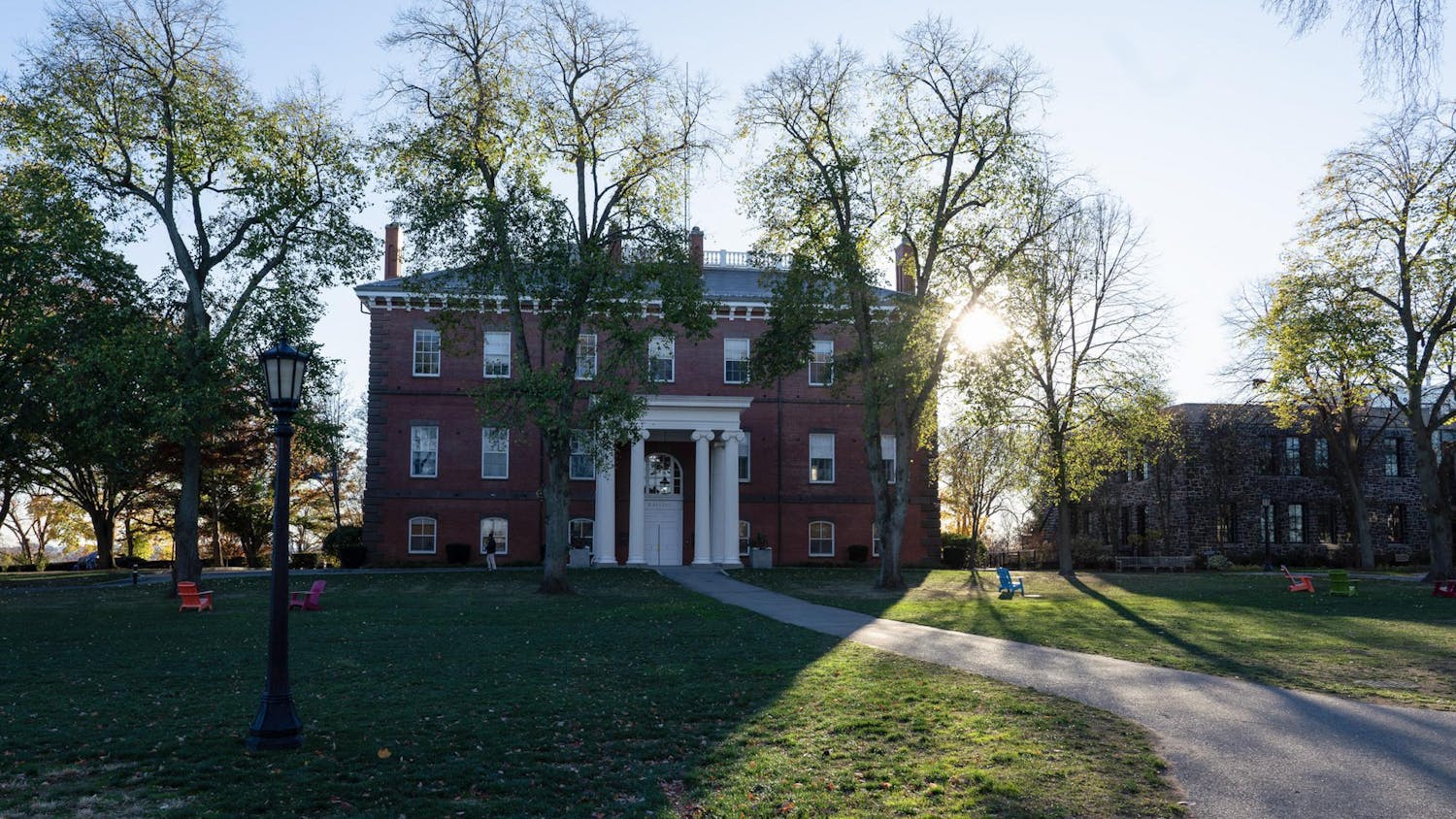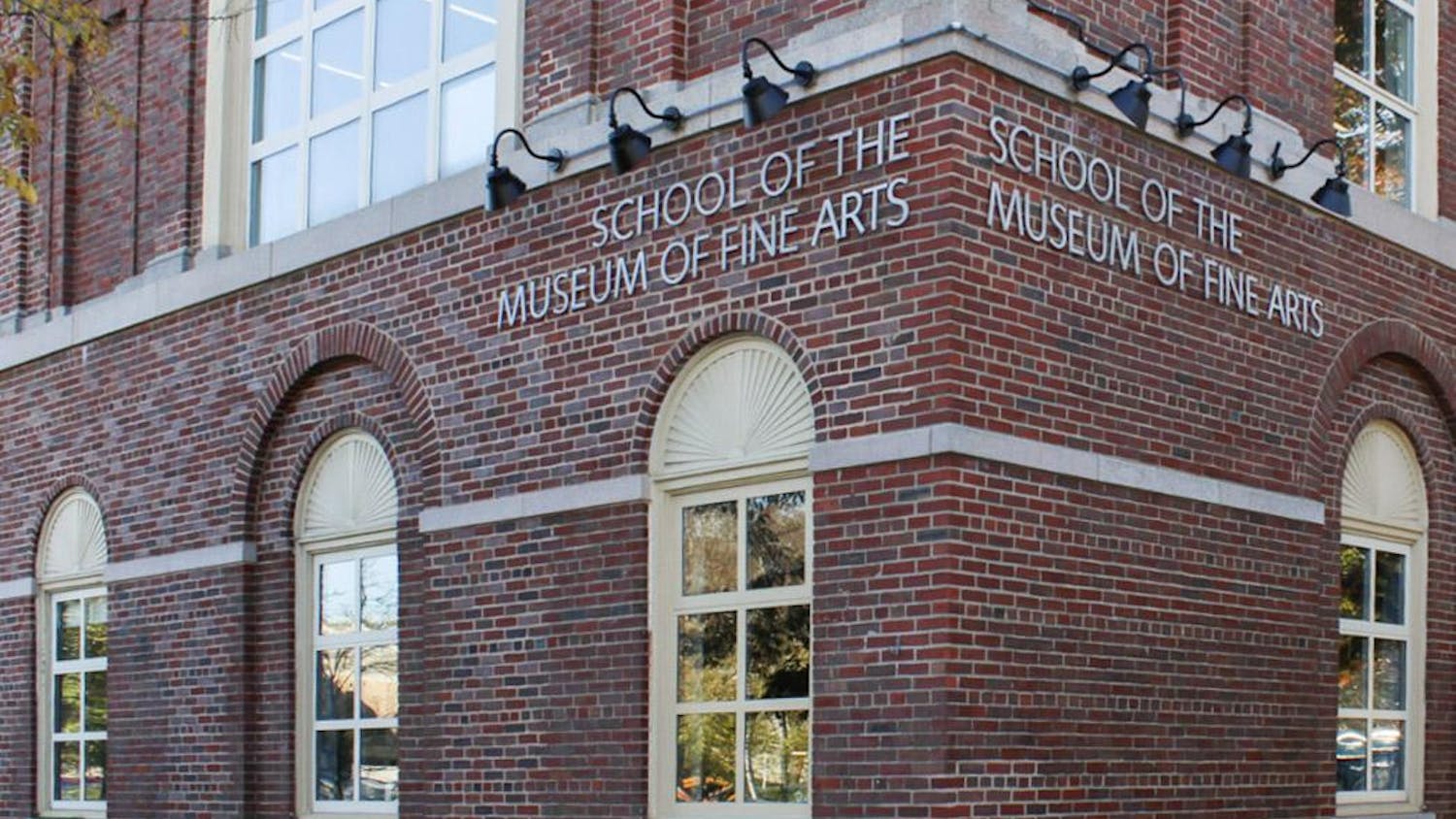This article is the third in a series exploring the historical background of sites and buildings on Tufts Medford/Somerville campus.
Jumbo the elephant, who stands proudly outside Barnum Hall, represents the famous real elephant that once resided within the walls of what is now the Biology department. Both the Jumbo statue and Barnum Hall itself are embedded in Tufts history and its changing structures.
Barnum Hall was founded by Phineas T. Barnum in 1883, as the Barnum Museum of Natural History at Tufts, according to Andrew McClellans 2011 article from the Journal of the History of Collections, P.T. Barnum, Jumbo the Elephant and the Barnum Museum of Natural History at Tufts University. P.T. Barnum, after spending most of his life managing his traveling circus, wanted to secure a positive legacy through the creation of an unambiguously serious institution.
Barnum worked as a showman and circus entrepreneur with the Barnum and Bailey Circus, according to Anne Sauers Concise Encyclopedia of Tufts History. He also served on Tufts Board of Trustees and as a benefactor to the university. Before donating to Tufts to create the Barnum Museum, he re-opened the American Museum in New York City and also supported the Smithsonian Institution in Washington, D.C. and the American Museum of Natural History in New York City. Barnum was also a member of the Universalist Church.
He was the Donald Trump of his day, said Sol Gittleman, the Alice and Nathan Gantcher university professor and former Tufts provost. Gittleman is the author of An Entrepreneurial University: The Transformation of Tufts 1976-2002.
The Barnum Museum was founded during the presidency of Elmer Hewitt Capen. He proposed the addition of several buildings, including a science building, saying, We must be progressive and aggressive if we expect Tufts College to maintain the rank it has gained among the New England institutions, according to McClellans article.
Capen requested a donation from Barnum, who agreed only on the terms that the gift would be a secret and the building would always be called the Barnum Museum of Natural History. He donated $50,000 to fund the building and intended it to be the best-known natural history museum on the East Coast.
The first collections to be housed in the museum were put together by Tufts first professor of geology, mineralogy and chemistry, John P. Marshall. According to McClellan, Marshalls collections were supplemented by Barnums donations of dead animals from his circus.
Barnums most significant donation to the museum was the skin of Jumbo the elephant, which Barnum bought in 1882, according to McClellan. Jumbo was the star of The Greatest Show on Earth, but after he died, Barnum gave his hide to Tufts and his skeleton to the Smithsonian in 1884. The taxidermied elephant became a central piece to student life particularly in 1939, when students began several traditions with Jumbo.
Kids used to come by and drop pennies in the trunk before exams, Gittleman said.
In the late 1930s, Barnum Museum transitioned into Barnum Hall under the direction of Russell Carpenter, a faculty member in the Biology department, according to McClellan. Jumbo and the bust of P.T. Barnum were the only artifacts that remained of the museum and the rest of the building was dedicated to academic functions. The addition of another wing for laboratory spaces was added in 1935, according to Sauer. In 1963, the Dana Laboratory was added to supplement the Department of Biology.
Barnum Hall stood strong until a fire burned down the building in 1975.
In the 1970s, we didnt take care of the buildings, we had no money to take care of the buildings, Gittleman said. It was an electrical fire. Barnum is a lot of flagstone, so the inside burned down but the outside stayed. Jumbo went up like a candle.
Luckily, Phyllis Byrne, an administrative assistant of the athletic department, thought to sweep Jumbos ashes into a peanut butter jar the morning after the fire, according to a 2002 Daily article. His ashes now remain in a makeshift urn located in the office of the Athletic Director and are brought out to inspire athletic teams.
Gittleman said that the fire was symbolic in the context of the university as a whole.
Tufts was teetering on the edge of extinction and that was when Barnum burned down, Gittleman said. The fire was symptomatic and symbolic of the tough times that Tufts was going through.12





